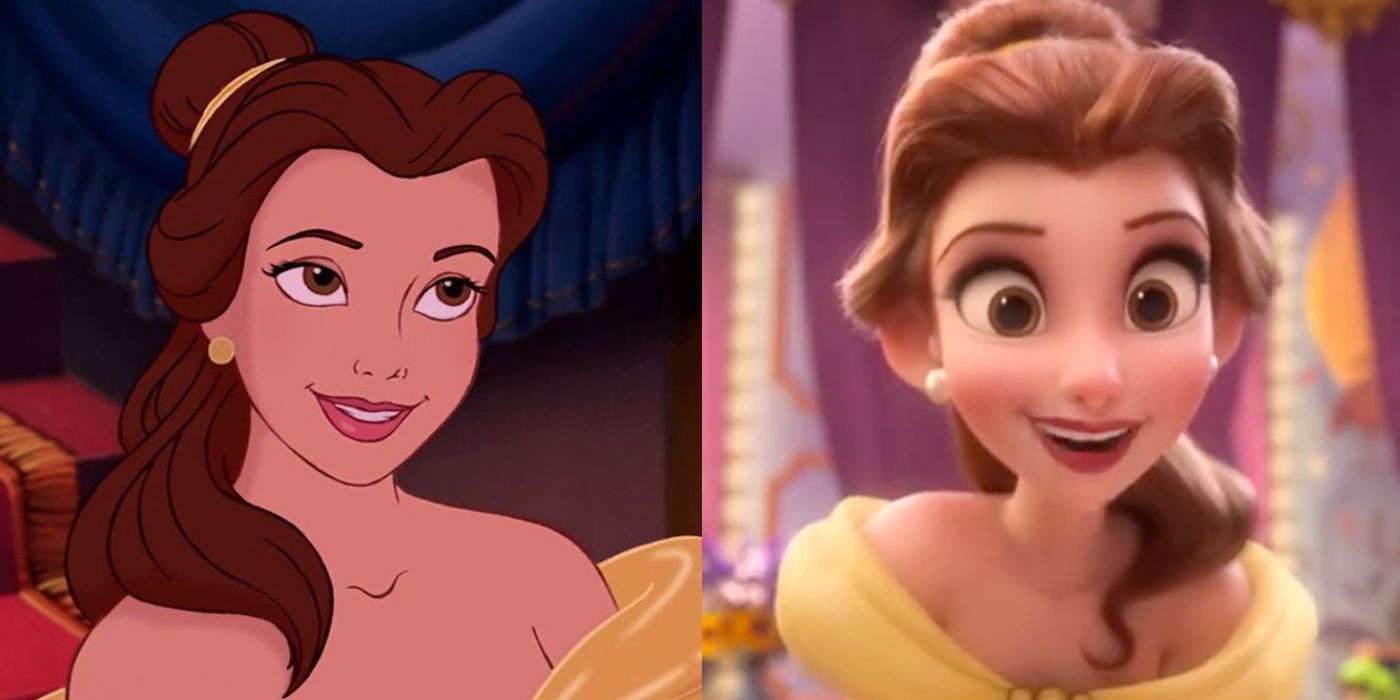The medium of animation has undergone profound transformations over the decades, transitioning from traditional hand-drawn artistry to the technologically advanced realms of computer-generated imagery (CGI). Despite this innovative trajectory, there exists a nostalgic yearning among audiences for the classic 2D animation style that has characterized many of Disney’s most revered films. This article endeavors to explore the multifaceted question: Will there ever be another 2D Disney movie?
To delve into this inquiry, it is imperative to first contextualize the historical significance of 2D animation within the Disney canon. Disney’s pioneering efforts in animation date back to the 1928 release of “Steamboat Willie,” signifying the advent of synchronized sound in animated shorts. In the ensuing decades, the studio produced a plethora of iconic 2D animated classics such as “Snow White and the Seven Dwarfs,” “Cinderella,” and “The Little Mermaid.” Each of these films not only captured the imaginations of audiences but also significantly influenced the animation genre globally.
However, the shift towards 3D animation in the early 2000s marked a pivotal turning point. The release of “Toy Story” in 1995 heralded the dawn of CGI dominance, leading to an industry-wide pivot. The allure of 3D animation lies in its ability to create immersive worlds with striking visual fidelity, catering to the evolving tastes of a new generation. The commercial success of films like “Frozen” and “Zootopia” further entrenched the supremacy of CGI within Disney’s production strategy.
Despite the ascendancy of 3D animation, the enduring legacy of 2D films persists in the cultural zeitgeist. There exists a robust community of animators and enthusiasts who actively advocate for the revival of 2D techniques. Social media platforms are replete with tributes to the artistry of classic animations, coupled with calls for Disney to explore the aesthetic charm of hand-drawn films once more. This sentiment is echoed in various artistic circles, which ardently argue that 2D animation allows for a distinct emotional resonance that is sometimes diminished in CGI narratives.
In weighing the prospects of a new 2D animated feature, several factors warrant consideration. Firstly, from the perspective of artistic expression, 2D animation affords a unique flexibility in character design and visual storytelling. The ability to convey subtle emotional nuances through hand-drawn characters is often regarded as unparalleled. Notably, the fluidity of motion and stylization inherent to 2D animation offers a canvas that can encapsulate whimsy and fantasy in ways that resonate deeply with audiences of all ages.
Moreover, the technological advancements in animation tools, such as software that facilitates the creation of 2D animation, could potentially streamline the production process. Cloud-based collaborative platforms enable teams around the globe to contribute to projects without the logistical constraints traditionally associated with animation studios. This democratization of animation technology may invite a new cohort of storytellers to explore 2D aesthetics, potentially reinvigorating interest in the medium.
Economically, however, Disney’s decision-making is profoundly influenced by market dynamics. The financial viability of a project weighs heavily in Hollywood’s production decisions. Given the substantial revenue generated by its forays into CGI, it is plausible that Disney may remain reticent about developing 2D projects. Nevertheless, the success of independent films that embrace 2D artistry—such as “The Breadwinner” and “Wolfwalkers”—underscores a burgeoning market for hand-drawn animations. Such examples illustrate that there exists an audience craving authentic storytelling and stylistic diversity.
Furthermore, the emergence of streaming platforms has altered the landscape of media consumption. Disney+, for instance, has created new avenues for storytelling, enabling the release of feature-length animated films that may not follow traditional box-office expectations. This paradigm shift could afford Disney the opportunity to experiment with 2D animation in a more risk-tolerant environment. It is within this context that niche projects may find their place, serving both the legacy of Disney and the evolving preferences of viewers.
Another vital consideration is the cultural context in which any new 2D film might be developed. As society grapples with pressing issues—climate change, social justice, and mental health—there emerges a need for narratives that resonate on a deeper emotional level. The timeless art of 2D animation may provide the appropriate medium to explore such themes artistically and meaningfully. Consideration should be given to how a contemporary 2D film might challenge or reflect societal norms, fostering a dialogue that transcends the entertainment sphere.
In conclusion, while the immediate future of 2D Disney films remains uncertain amidst the prevailing dominance of CGI, the possibility is enshrined within a complex interplay of artistic, technological, economic, and cultural factors. As both audiences and creators continue to navigate the shifting sands of animation, there remains a glimmer of hope for a resurgence of Disney’s 2D legacy. Should the stars align in favor of artistic experimentation and market receptivity, we may yet witness the revival of a cherished animation style—an ode to a storied past, reimagined for a contemporary audience.












